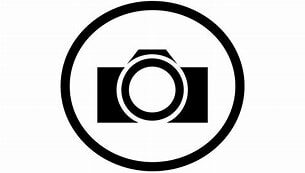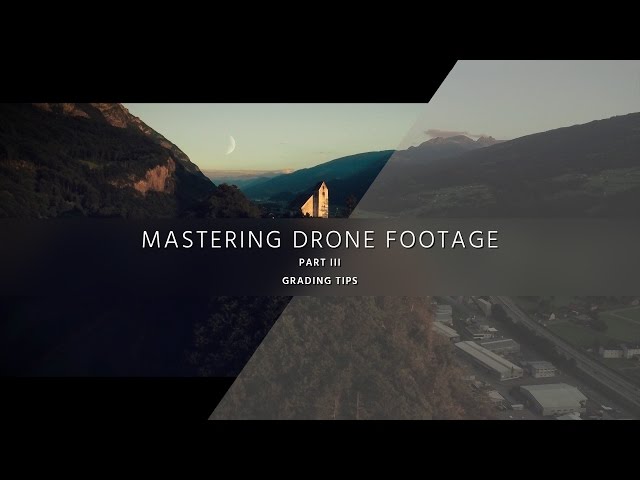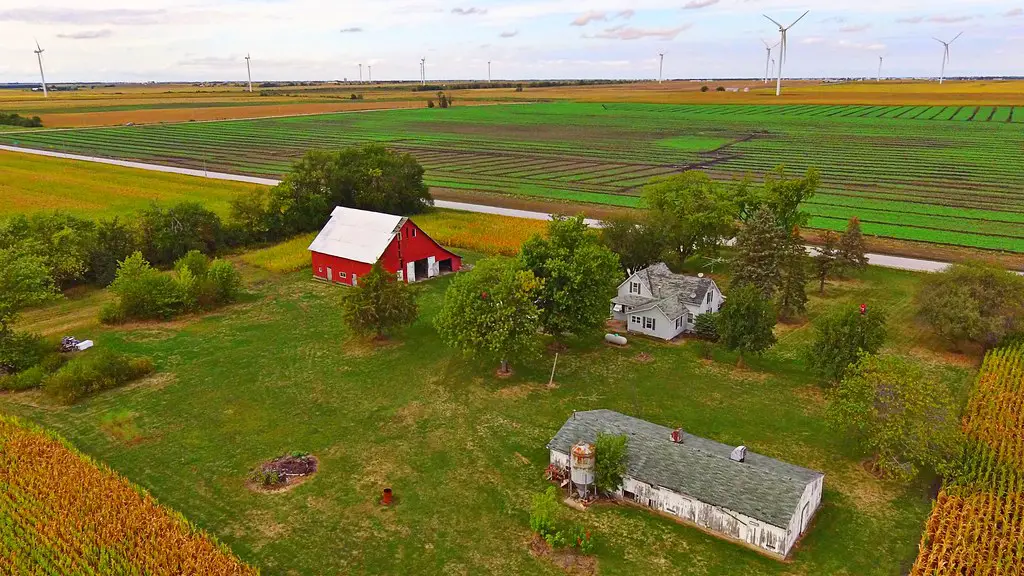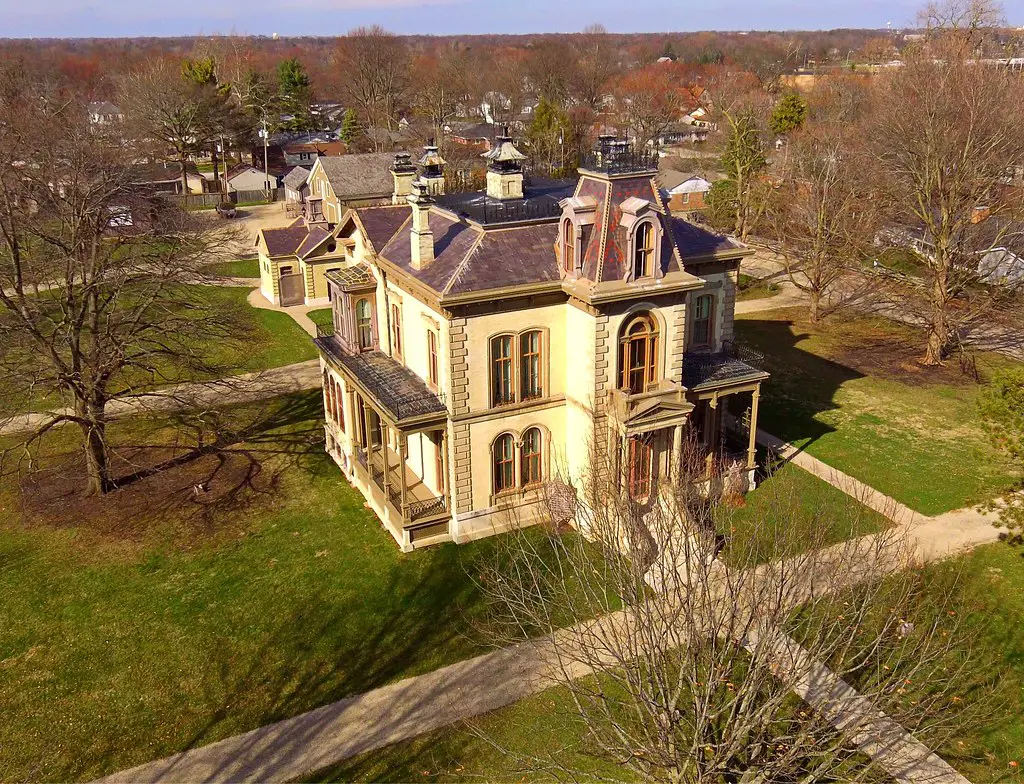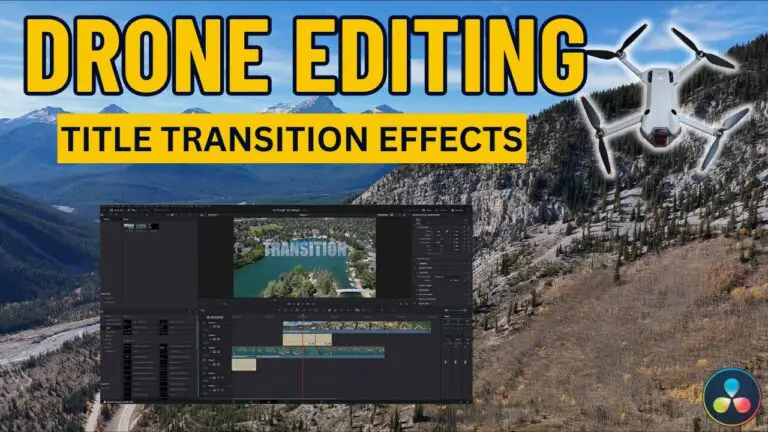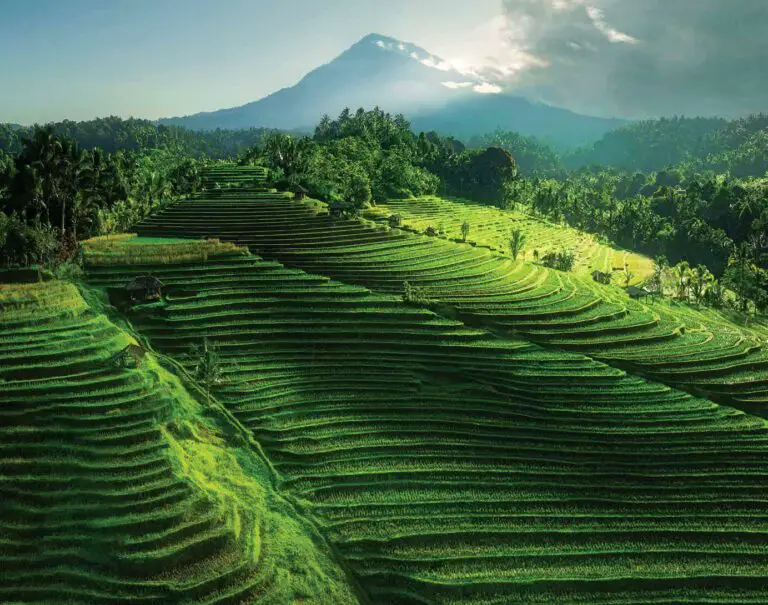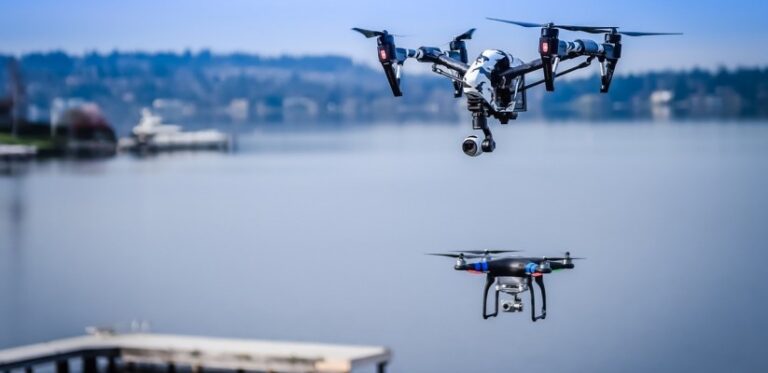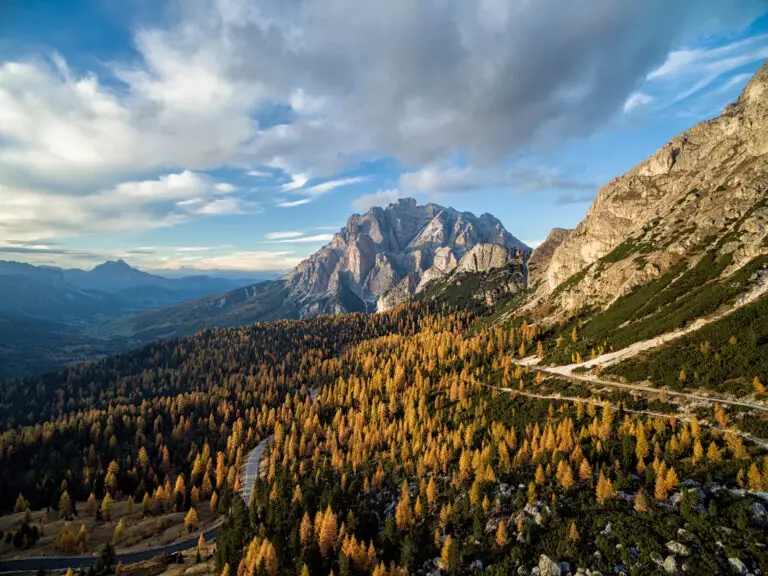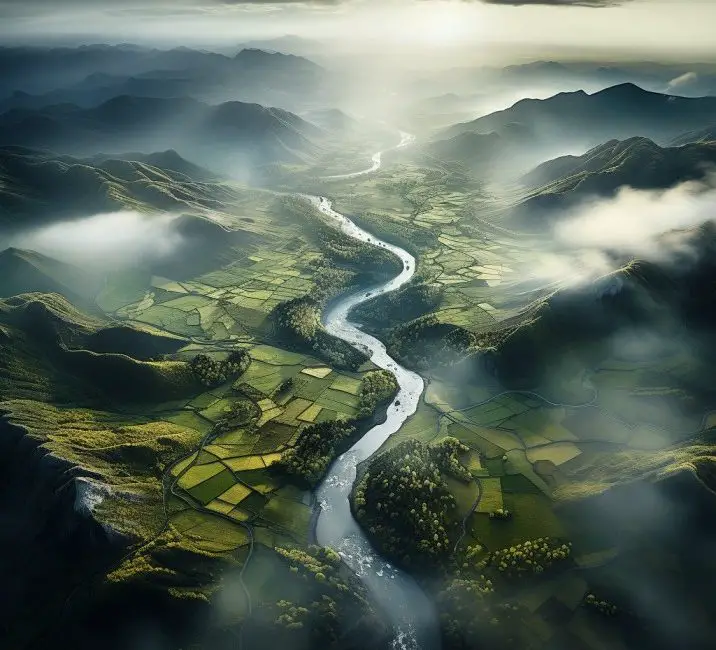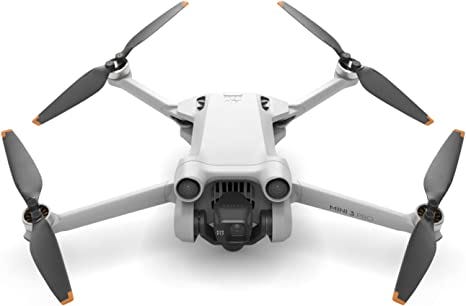Mastering Aerial Videography: Tips for Smooth and Cinematic Drone Footage
In a modern world brimming with visual stories, aerial videography stands out for its stunning perspective and immersive potential. The use of drones to capture high-definition footage has soared, quite literally, across industries—from mainstream TV to personalized vlogs. But achieving that professional, cinematic quality in your own drone videos requires an understanding of both technological factors and the finer points of visual storytelling. Whether you’re an aspiring content creator or a seasoned videographer looking to take your craft to new heights—pun intended—this comprehensive guide is your entry into the spellbinding world of aerial cinematography.
Introduction to the Art of Aerial Cinematography
The boom in drone technology has given rise to a new era of aerial videography. Once a skill reserved for the most experienced of filmmakers, capturing breathtaking overhead shots is now within reach of any enthusiast with a good-quality drone and a passion for the visual arts. The allure of aerial videography lies not only in the ability to see the world from a fresh perspective but also in the profound emotional impact it can evoke through silent, sweeping vistas.
The art of drone cinematography is a marriage of meticulous planning, precise execution, and creative framing. It takes the viewer on a voyage without the bounds of terrestrial constraints, telling a story that often speaks volumes without the need for words. We’ll unfold a series of pointers that bridge the gap between the raw footage captured and the polished, cinematic sequences that will awe your audience.
Choosing the Right Equipment
Before you can soar in the skies and capture cinematic masterpieces, you must first consider the tools of your trade. Not all drones are created equal, and selecting the one best suited for your videography aspirations is a critical first step.
The Best Drone for Cinematic Footage
When it comes to selecting a drone for cinematic use, several factors need to be weighed. The most potent criteria include the drone’s camera capabilities, flight time, stability in the air, and, of course, the price point. Drones like the DJI Mavic series and the Phantom lineup are renowned for their prowess in videography, offering 4K cameras, impressive gyro-stabilization systems, and user-friendly interfaces that help you focus on the art of capturing the shot, not the mechanics of piloting.
Choosing the Right Camera
The camera is the eye of your drone, and its specifications will largely dictate the quality of your footage. Look for drones with cameras that offer high-resolution video, adjustable aperture for complex lighting situations, and the ability to shoot in a variety of frame rates.
Understanding Flight Basics
Flight proficiency is as crucial to drone videography as a steady hand is to photography. Before focusing on the art, it’s essential to master the safety guidelines and basic maneuvers that will form the foundations of smooth, controlled flight.
The First Flight
Your drone’s maiden voyage is a momentous occasion. Start in an open, unobstructed area, and resist the temptation to push it too far, too fast. Begin by familiarizing yourself with the controls and maintaining a safe, line-of-sight distance from your drone.
Safety First
Safety must always be your top priority. Familiarize yourself with local laws and regulations regarding drone usage, and never fly near airports, crowded spaces, or critical infrastructure. A comprehensive pre-flight checklist should be second nature, ensuring that your equipment is in perfect working order before takeoff.
Essential Maneuvers for Cinematic Shots
Certain piloting maneuvers are essential for capturing smooth, cinematic footage. Mastering these will enable you to conduct gradual, controlled movements that are much more visually appealing than erratic, sharp turns. These include the basic pan, tilt, orbit, and dolly shots.
Optimizing Camera Settings
Great cinematography is not just about the composition; it’s also about the technical prowess behind the lens. Understanding and tweaking your camera settings are crucial for achieving the desired look and feel of your footage.
Adjusting Exposure and White Balance
Exposure determines how light or dark your footage will be. For drone videography, it’s often best to keep exposure slightly under what your camera’s automatic settings suggest, allowing for a more balanced image that retains details in both shadows and highlights. White balance, on the other hand, ensures that colors are accurately represented under different lighting conditions.
Shutter Speed and Frame Rate
Shutter speed affects the blurriness of moving objects in your frame. To achieve that cinematic motion blur, follow the 180-degree shutter rule: set your shutter speed to twice the frame rate for natural-looking footage. For example, if you’re shooting at 24 frames per second, your shutter speed should be 1/50.
Focus and Depth of Field
Many consumer drones feature fixed-focus lenses, which are set to a specific focal length that provides a deep depth of field. This can be advantageous, as it means everything from the foreground to the horizon is in sharp focus. However, if your drone allows it, switch to manual focus mode to have more control over the focal point and depth of field for certain scenes.
Composition Techniques
A visually compelling shot transcends just a pretty subject; it’s about how that subject is framed. With aerial videography, you have an entirely new canvas to work with, and certain composition guidelines can make all the difference in the final product.
The Rule of Thirds
One of the most fundamental principles of composition, the rule of thirds, involves dividing your frame into nine equal parts with two equally spaced horizontal lines and two equally spaced vertical lines. Placing your subject along these lines or their intersections can create a more balanced and visually interesting composition.
Leading Lines and the Horizon
Use natural or manmade lines in the environment to guide the viewer’s eye toward the main focus of your shot. This could be a road, a river, or the shorelines, to name a few. When it comes to the horizon, always ensure it’s level unless you’re intentionally going for a dramatic, off-kilter effect.
Framing and Scale
Framing adds context and can give a sense of scale to your shots. Use archways, windows, and other structures in the scene to “frame” your subject and draw attention to it. In terms of scale, be mindful of the size of objects relative to the landscape to give viewers a point of reference and a sense of grandeur or intimacy.
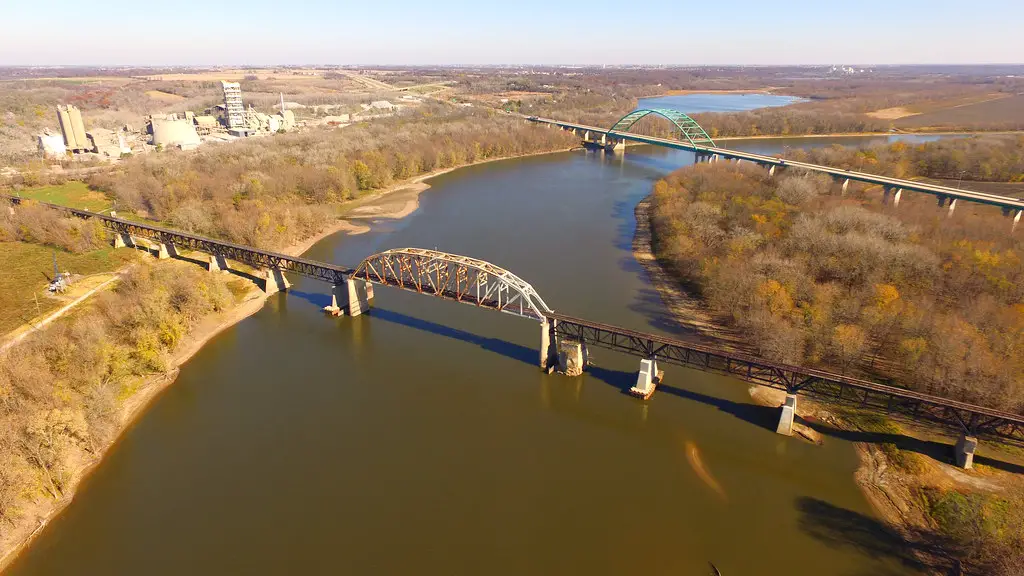
Advanced Tips for Cinematic Shots
Once you’ve got the basics down, it’s time to elevate your shots from good to great with a few advanced techniques.
Mastering Drone Agility
Practice flying your drone with precision, performing tight maneuvers like figure eights, and rapid adjustments to altitude and orientation. This will allow you to capture dynamic shots while maintaining control and stability.
Using ND Filters
Neutral density (ND) filters are like sunglasses for your drone’s camera. They reduce the amount of light entering the lens without affecting the color, which is especially valuable when shooting on bright, sunny days. ND filters allow you to maintain the 180-degree shutter angle and avoid overexposure, resulting in a more cinematic look for your videos.
Creative Camera Angles
Don’t restrict yourself to traditional camera angles. Fly low over water for a mirrored reflection effect, or fly high to capture vast landscapes. Tilt the camera up or down while moving to create a dramatic reveal of the scene. Be mindful of safety and local regulations, but don’t shy away from pushing the boundaries to find new, compelling angles.
Editing and Post-Production
The work of an aerial videographer extends beyond the sky. Post-processing your footage is where you’ll fine-tune your work, adding the polish that will truly make it shine.
Recommended Editing Software
Software like Adobe Premiere Pro, Final Cut Pro, or DaVinci Resolve offer powerful editing features that can handle the high-resolution footage from your drone. They also provide robust color-grading tools, audio editing capabilities, and the ability to add titles, transitions, and effects.
Color Grading for Mood
Color grading is perhaps the most impactful element of post-production for drone footage. It’s where you can create a specific mood or atmosphere for your video—be it a warm, golden-toned sunset, a cold, blue-cast mountain peak, or a high-contrast black-and-white cityscape. Experiment with different looks, but remember to keep it consistent across all your shots for a unified feel.
Music and Sound Effects
The right music or sound effects can heighten the emotional impact of your footage. Look for royalty-free tracks or work with composers to create a custom score. Sound effects can also enhance the realism of your video, whether it’s the roar of an engine or the chirping of birds.
Showcasing Your Work
With your masterpiece completed, it’s time to share it with the world. Building a portfolio and an audience around your drone videography can open up opportunities and provide valuable feedback on your growth as a creator.
Sharing Platforms
Platforms like Vimeo, YouTube, and even social media networks like Instagram offer the perfect stage to showcase your aerial videos. Use platforms’ tagging and categorization features to ensure your work reaches the right audience.
Building a Portfolio
A well-curated portfolio acts as your resume in the freelance world. Include a variety of your best work that showcases different styles, locations, and types of footage. Be sure to update it regularly with your latest work to keep it fresh and engaging.
Seeking Collaborations and Opportunities
Collaborating with other filmmakers or brands can expose your work to new audiences and help you learn from fellow creators. Look for local meetups, online communities, or reach out directly to those you admire. Keep an eye out for competition submissions, film festivals, and other opportunities to get your work noticed on a larger scale.
Conclusion
Mastering the art of aerial videography is a rewarding pursuit that merges technical acumen with artistic expression. It demands patience, practice, and creative ingenuity, but the results can be truly awe-inspiring. Encouragement to keep refining your craft, experiment with different techniques, and share your creations. Like any form of art, drone videography is a continuously evolving process, and every flight is a chance to learn and grow. Ready to take flight? The sky’s the limit.
